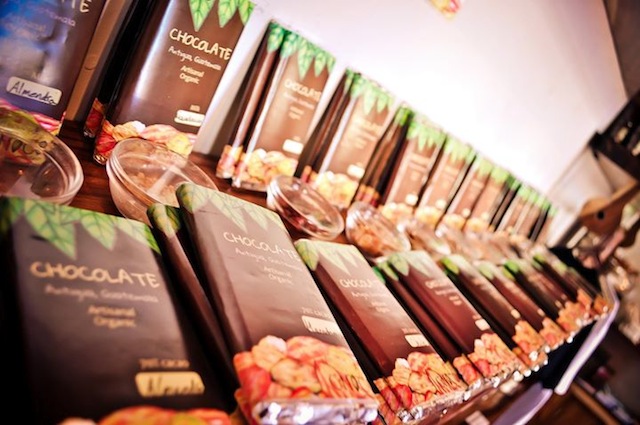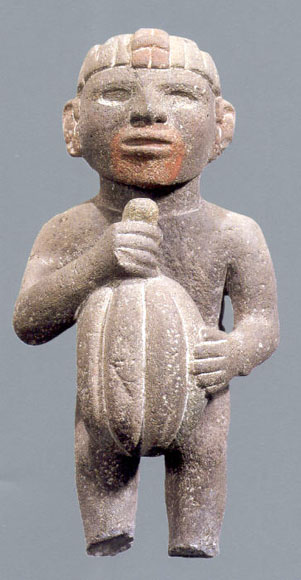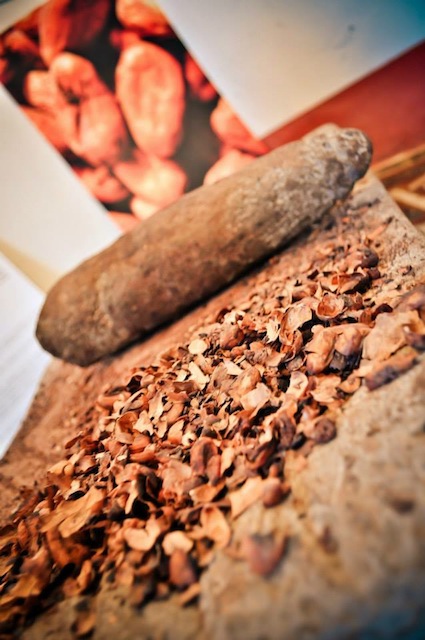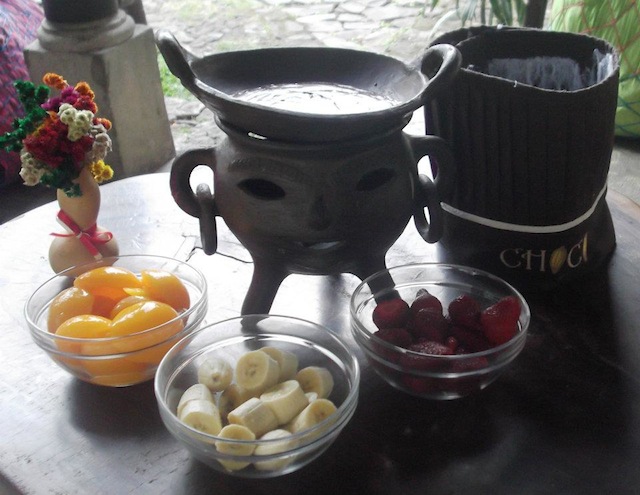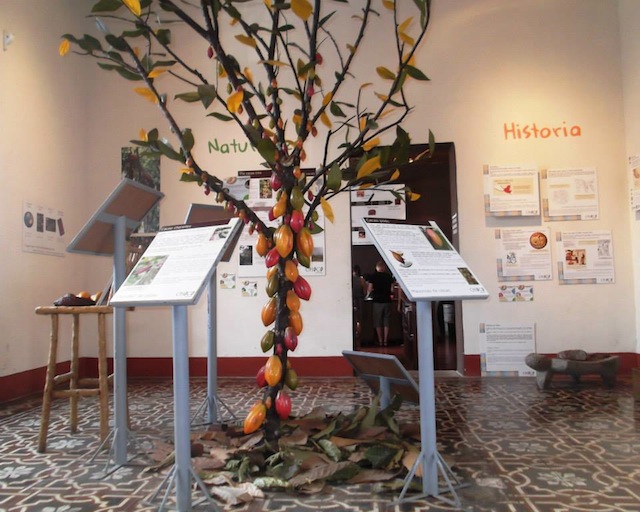Sweet Guatemala: A Look At The Country's Mayan Chocolate History And Modern Experiences
For travelers with a sweet tooth, Guatemala and its rich chocolate heritage allow for an indulgent trip. Especially in Antigua you'll find no shortage of chocolate shops, cacao-laced postres (desserts) and even a chocolate museum. And while local pastry chefs put modern spins on the delicacy, chocolate is nothing new to Guatemala, an interesting starting point when looking at the history of chocolate.
The Mayans
Guatemala is touted as the birthplace of chocolate, with the Mayans worshiping the cacao tree and calling chocolate the "food of the gods." This ancient civilization also revered chocolate for its aphrodisiac qualities, with Moctezuma apparently consuming absurd amounts of the food to enhance his sexual stamina.
During the Mayan and Aztec periods chocolate was mainly consumed in drink form in the areas of Xoconochco and Suchitepequez. A metate or mealing stone was used to grind the cacao down into an edible form. They liked it bitter and spicy, adding chilies and cornmeal to the fermented cacao pulp mixture and drinking up for health and vitality. Even modern studies have shown cacao's ability to reduce blood pressure, boost energy, act as a diuretic, and treat certain ailments like asthma, respiratory issues, so it shouldn't be too surprising this ingredient has long been cherished.
When the Aztecs took over the Mayans, they too realized the value of cacao, using it for trade and as a form of currency. Because they couldn't grow it in the hot, dry lands of Mexico, they often transported it 900 miles (1,448 kilometers) on their backs. The cacao was so precious, enjoying chocolate was reserved for the wealthy and important Aztecs.
Archeological evidence also proves ancient cultures revered cacao. For example, there have been found vessels filled with cacao remains, Mayan vases with cacao image etchings, paintings depicting the Mayans consuming cacao, and statues of gods holding cacao seeds from Mayan and Aztec times. In fact, many researchers believe the Mayans actually had a specific cacao god or goddess named Ek Chuah, and the seeds are thought to have been used for ceremonies like marriages and royal occasions as well as human sacrifices.
From Handmade to Mass Produced
One major difference between chocolate in history and modern times is it's transition from a handmade product to something mass produced. This began around 1750 in Europe and North America, with new machinery and technologies making it possible to bring chocolate to the masses. Additionally, advertising promoting candy bars and chocolate as a way to sustain energy, be more productive and cure disease led to high demand of the product.
Chocolate & Slavery
In 1910 chocolate had another milestone: helping to end slavery. In fact, it was this year William Cadbury of the famous Cadbury Chocolate urged European and American chocolate manufacturers to cease doing business with growers employing slave labor. Not only did the company help bring an important issue to light, it also encouraged other chocolatiers like Hershey, Nestle and Ferrero to follow their lead. Note: As this is still as issue today, we at Epicure & Culture urge you to research where you're purchasing your chocolate (as well as other foods). For more information check out this article on how to buy conflict-free chocolate , visit StopTheTraffik.org's chocolate campaign and read this directory of ethical chocolatiers.
Guatemala's ChocoMuseo
Today, Guatemala produces 10,414 tons of chocolate, with 9,172 cacao farms over 3,920 hectares of land. I learn more about this at Antigua's ChocoMuseo, where chocolate-maker Pablo offers me free samples of milk chocolate, 70% dark chocolate and 80% dark chocolate while also enlightening me on the history and process of the sweet.
"You'll find the 80% is a bit more acidic, which comes from growing in the lowlands in volcanic rock where it's very hot. The 70% grows in the highlands and is able to prosper because it grows in the valleys," he explains, before continuing, "I've experimented with growing cacao in Antigua, but it just gets too cold."
The main variety of cacao used in Guatemalan chocolate is Criollo — other types include Forastera and Trinitario — which is touted as the best. Classified as "fine grade," Criollo is the oldest known variety although the most rare as it produces the least amount of seeds. With its sweet aroma, delicate taste and lack of bitterness it's a favorite among chocoholics, despite only accounting for 1% of the world's production. Not surprisingly, despite producing excellent chocolate Guatemala's exports are low.
To make chocolate, cacao beans and their pulp are fermented before being dried and roasted. From there, the husks are removed and the nibs are ground and refined.
"The refining process is particularly important," explains Pablo. "If you don't refine enough the chocolate will be lumpy and course. Refine is too much and the chocolate with be too pasty and gummy."
In the ChocoMuseo, one can learn about chocolate through exhibits as well as interactive experiences like chocolate making classes, truffle workshops and plantation tours. Additionally, they offer free chocolate and cacao tea samples as well as fondue, chocolate drinks, crepes and truffles for purchase. And along with their edible products, chocolate making tools, body creams, Chapsticks, jewelery, chocolate rum and other cacao-inspired products are sold.
Afterward, head toward Antigua's Central Park where you'll find the Exposicion de Artesanias Guatemala on the corner. Here you can delve further into Guatemalan arts, like jade, coffee, weaving and fruit wine and chocolate, with free samples provided.
What is your favorite chocolate experience in Guatemala? Please share in the comments below.
The post Sweet Guatemala: A Look At The Country's Mayan Chocolate History And Modern Experiences appeared first on Epicure & Culture.
